
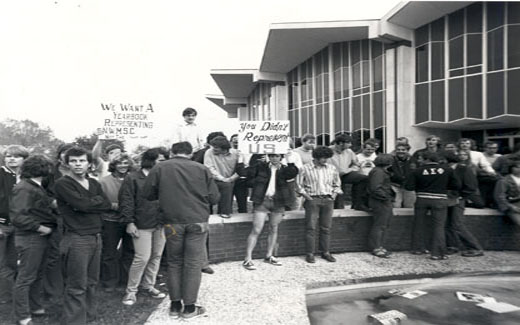

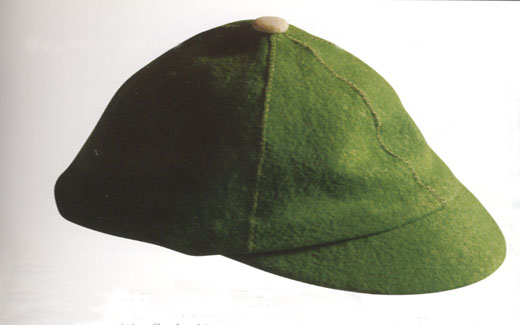
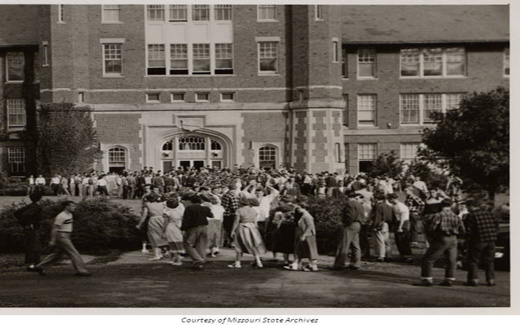
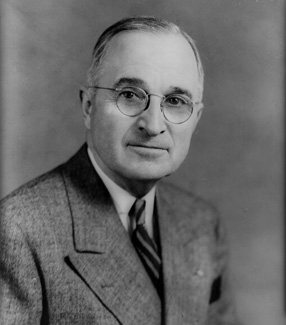
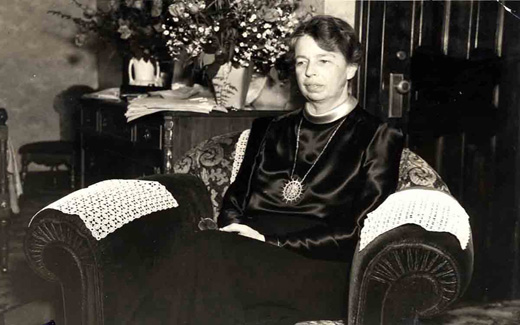

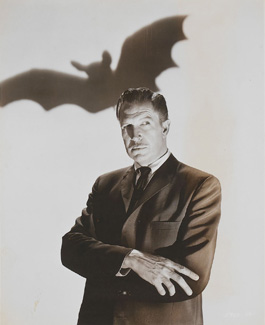


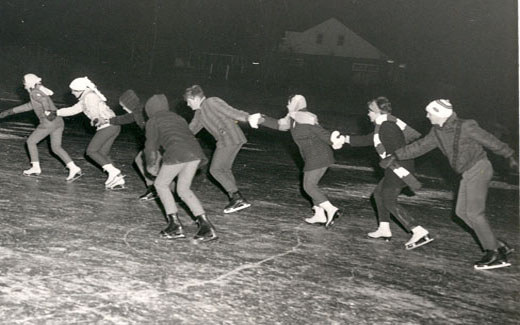
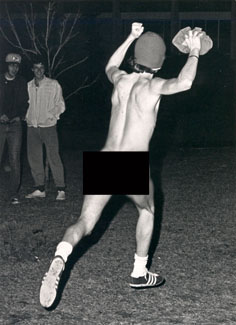

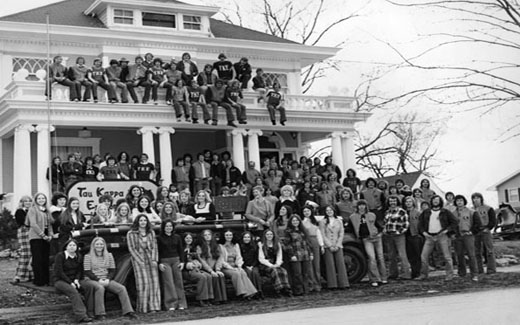

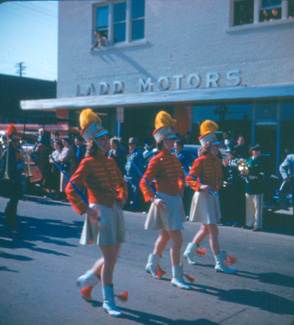
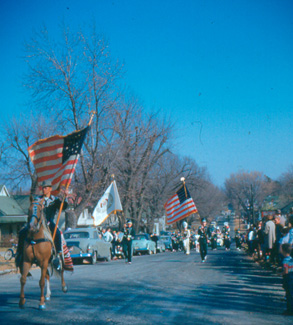
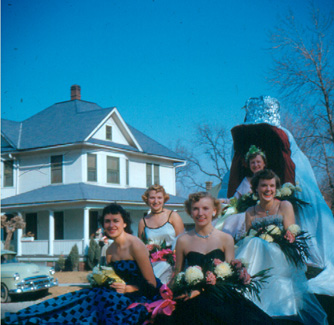
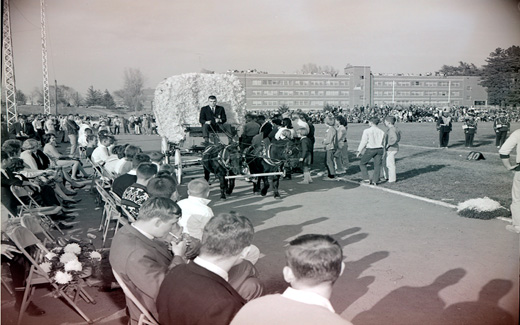
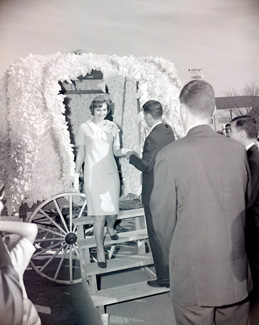
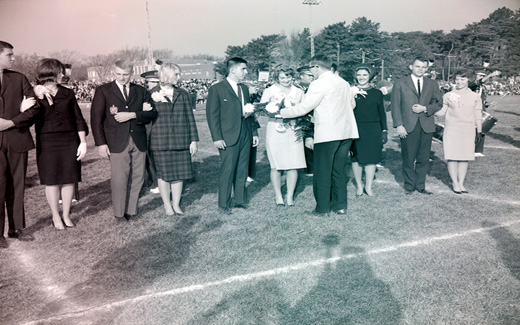
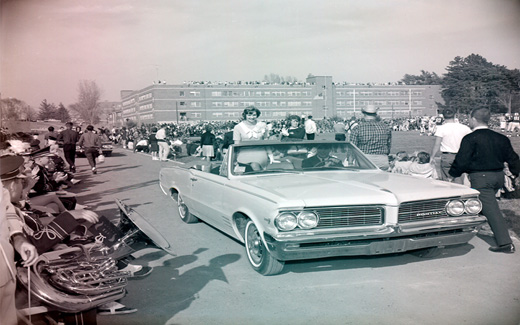
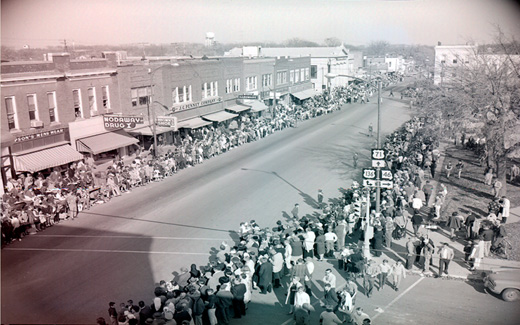
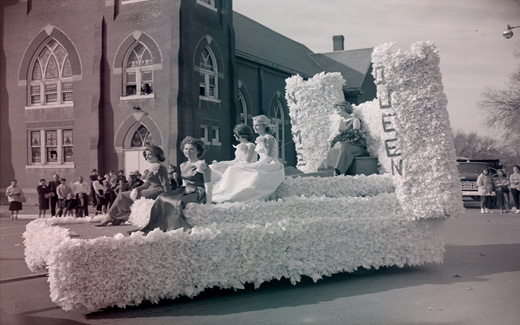
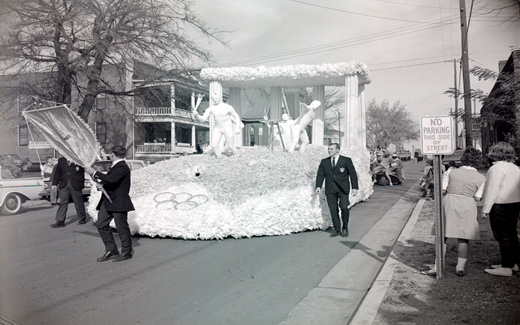
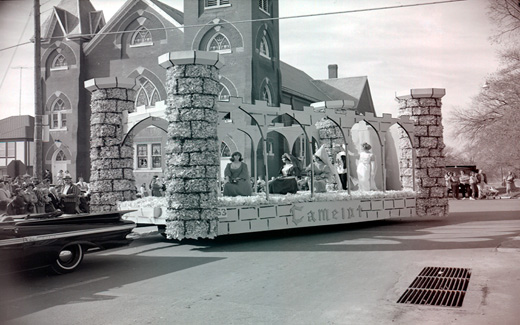
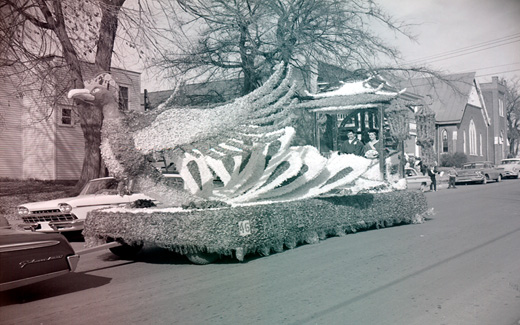
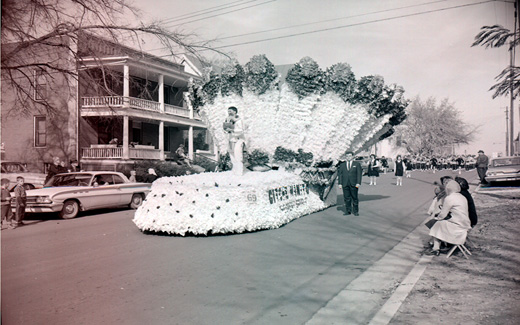
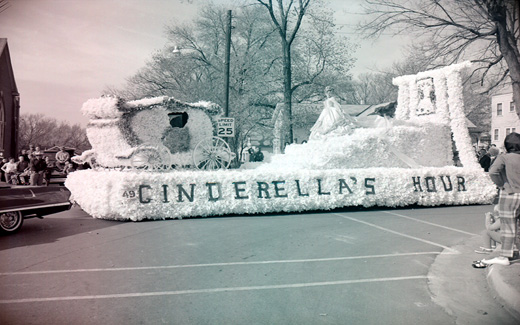
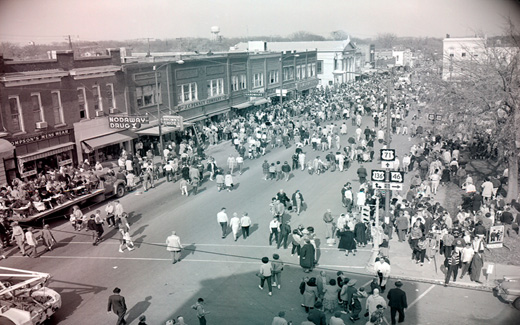
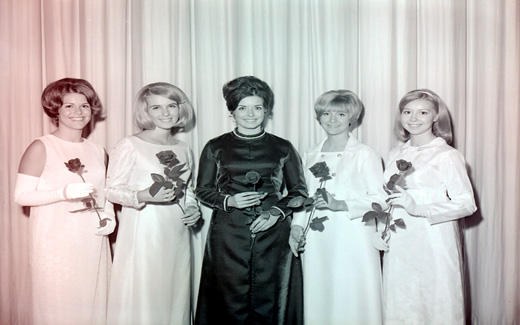
During Northwest's State College years, students formed new clubs like Cardinal Key and Blue Key, national honorary service societies. A swim team developed and the football team grew to more than 100 prospects. Memorial Stadium was renamed Rickenbrode Stadium in 1961 after longtime registrar William A. Rickenbrode. Northwest also switched from a system of quarters to a semester system with students starting classes after Labor Day. Registration for classes became an ordeal for everyone involved, taking two full days and allowing little flexibility for freshmen and sophomores.
By 1962, the student population increased to 2,500 and freshmen outnumbered upperclassman. Prior to 1961, all freshmen were required to wear green beanies. When ordered by an upperclassman or a member of the M-Club to button, a freshman was required to place a finger on the button on top of the beanie and bow, curtsy or kneel. Walk-Out Day signaled the end of freshman beanie hazing and marked the end of the new student initiation (hazing) period. Hazing of freshmen was formally abolished in 1961 when freshmen began to resist the tradition. By 1962 Homecoming had become an even more elaborate event with large, detailed floats made of tissue paper and chicken wire.